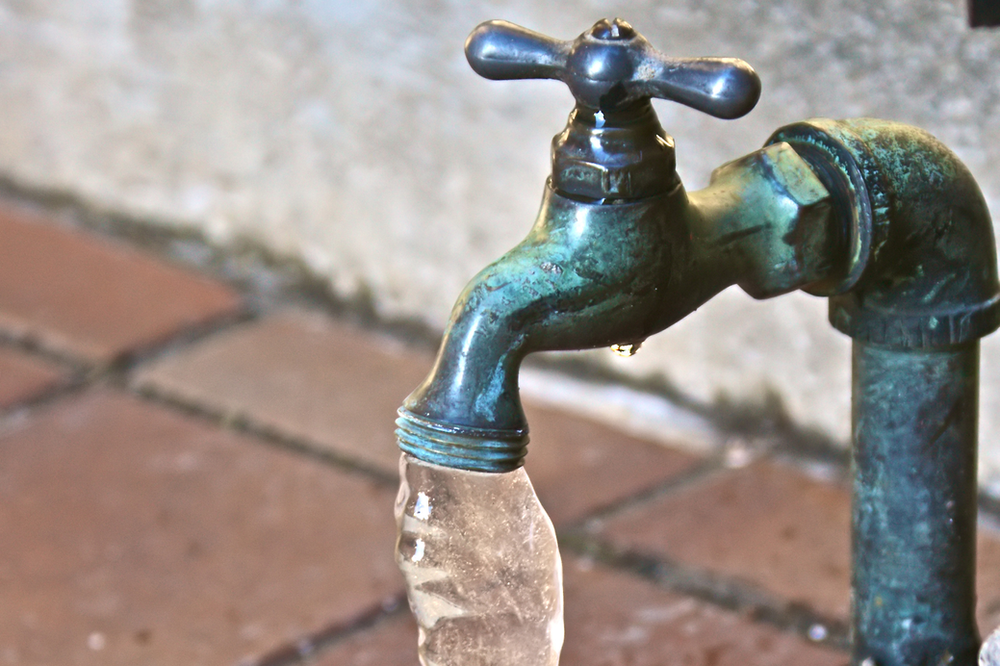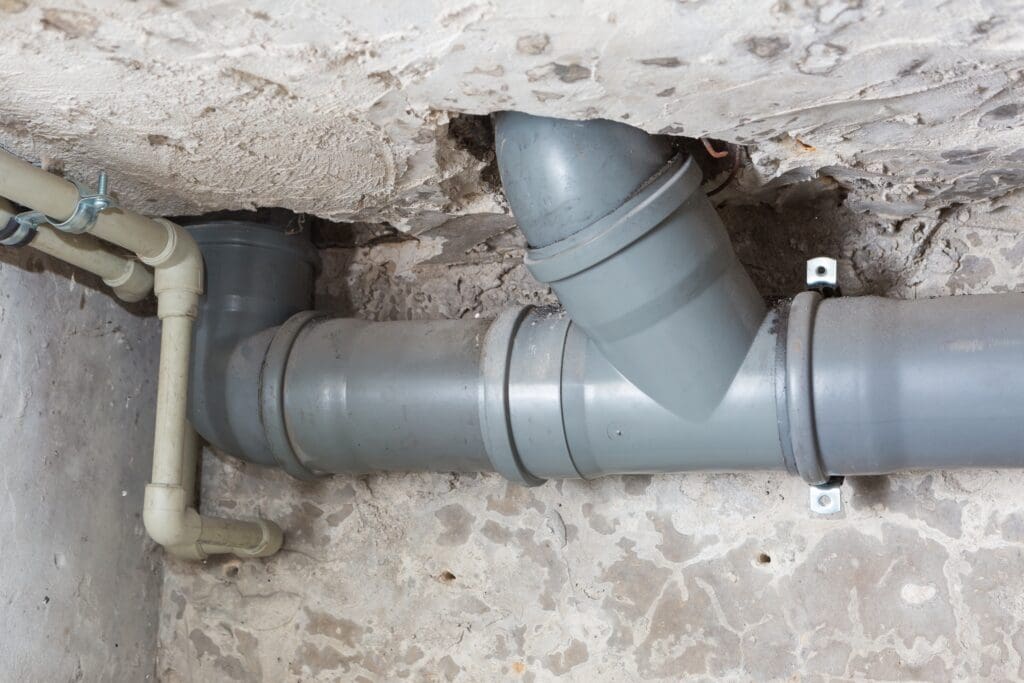Unraveling the Fundamentals of Home Plumbing: A Beginner's Manual
Unraveling the Fundamentals of Home Plumbing: A Beginner's Manual
Blog Article
On this page in the next paragraphs you can locate some high-quality help and advice related to How Does the Plumbing Work in Your Home?.

Plumbing is a crucial facet of any kind of home, responsible for supplying clean water for alcohol consumption, food preparation, and bathing, as well as removing wastewater securely. Comprehending the fundamentals of home plumbing is important for every property owner to make sure appropriate maintenance, troubleshooting, and, if essential, repair services. In this novice's overview, we'll cover the essential concepts of home plumbing to help you come to be a lot more aware of how it functions.
Water System System
The water supply system brings tidy water into your home from a metropolitan water source or a private well. It includes a main water line that attaches to your home's plumbing system, typically situated underground. A water meter measures the quantity of water consumed, while a shut-off shutoff allows you to manage the circulation of water into your home.
Plumbing Components
Plumbing fixtures are gadgets that deliver water to different parts of your home and consist of sinks, faucets, bathrooms, showers, bathtubs, and home appliances such as dishwashers and washing equipments. Each fixture is linked to the water supply system through pipelines and fittings and may have its shut-off shutoff for upkeep or emergencies.
Water Heater
The water heating system is accountable for home heating water for domestic use, consisting of showering, cooking, and cleaning. Typical sorts of water heaters include tank-type water heaters, tankless (on-demand) hot water heater, and heatpump water heaters. The water heater is linked to the water system and delivers hot water to plumbing fixtures as needed.
Water drainage System
The water drainage system removes wastewater from your home and carries it away to a sewage treatment center or septic tank. It contains a network of pipelines, fittings, and fixtures that transfer wastewater from plumbing fixtures to the main sewer line or septic tank. Proper drain is vital to protect against blockages, back-ups, and sewage leaks.
Ventilation System
The ventilation system aids keep appropriate atmospheric pressure and prevent sewage system gases from entering your home. Vent pipes, additionally known as vent stacks, expand from plumbing components to the roof, allowing drain gases to get away securely outdoors. Ventilation pipes also allow air to enter the drainage system, facilitating smooth wastewater flow and stopping suction or vacuum impacts.
Typical Plumbing Devices
Having the right tools handy is crucial for executing fundamental plumbing repair work and upkeep jobs. Typical plumbing tools consist of flexible wrenches, monkey wrench, pliers, pipe cutters, hacksaws, bettors, augers (or drainpipe serpents), and Teflon tape. Having these devices easily available can aid you take on minor plumbing issues successfully.
Fundamental Plumbing Repair Services
While some plumbing repairs may call for expert assistance, several common problems can be attended to with basic DIY techniques. Discovering exactly how to take care of a leaky faucet, unblock a drain, replace a toilet flapper, or fix a trickling showerhead can conserve you time and money on plumbing repair services.
Conclusion
Comprehending the basics of home plumbing is necessary for each property owner to preserve a secure, useful, and efficient plumbing system. By familiarizing yourself with the water system system, plumbing fixtures, drainage system, ventilation system, common plumbing devices, and basic repair work, you can confidently deal with minor plumbing issues and ensure your home's plumbing system runs smoothly.
Plumbing for Beginners: A Comprehensive Guide
If you’re a beginner when it comes to plumbing, don’t worry; you’re not alone. Plumbing may seem intimidating, but with the right knowledge and a little practice, you can handle many common plumbing issues on your own. In this comprehensive guide, we will demystify the world of plumbing for beginners, providing you with the basic knowledge and skills needed to tackle common plumbing problems and even take on some DIY plumbing projects.
The Importance of Basic Plumbing Knowledge for Beginners:
First and foremost, basic plumbing knowledge gives you a solid foundation. It helps you grasp the key concepts and terminology that are essential in this field. By learning the basics, you’ll be able to build upon that knowledge and tackle more complex plumbing tasks in the future.
Having a basic understanding of plumbing also enables you to handle common issues that may arise in your home. Picture this: a leaky faucet or a clogged drain. With some basic plumbing knowledge, you’ll have the confidence to troubleshoot and fix these problems on your own. It saves you from unnecessary expenses and the hassle of waiting for a professional to arrive.
As a beginner, learning the basics of plumbing empowers you to take care of your own home. It gives you a sense of independence and self-reliance. You’ll no longer have to rely solely on professionals for every small issue that pops up. Instead, you can handle many tasks yourself, saving time and money in the process.
Remember, everyone starts as a beginner. Embrace the learning process and take small steps to expand your plumbing knowledge. There are plenty of online resources, tutorials, and even local workshops that talk about plumbing for beginners.
Essential Tools for Plumbing for Beginners
As you start your plumbing journey, having the right tools in your toolbox is crucial. Let’s explore some of the must-have tools:
Adjustable Wrench:
This versatile tool is a staple in any plumber’s toolbox. It allows you to tighten or loosen nuts and bolts of various sizes. Make sure to have an adjustable wrench with a comfortable grip.
Pipe Wrench:
A pipe wrench is specifically designed for gripping and turning pipes. It has serrated jaws that provide a strong grip, making it easier to loosen or tighten threaded pipes and fittings.
Plunger:
The plunger is a simple yet effective tool for clearing clogged drains and toilets. It creates suction when you push and pull, helping to dislodge blockages. Keep a good-quality plunger handy for those unexpected clogs.
Pipe Cutter:
When it comes to cutting pipes, a pipe cutter is your go-to tool. It creates clean, precise cuts without damaging the pipe. Look for a pipe cutter that can handle the pipe sizes you’re working with.
Hacksaw:
A hacksaw is useful for cutting through pipes, screws, and other materials. It’s a versatile tool that can handle different cutting tasks. Remember to use a blade suitable for cutting metal.
Tape Measure:
Accurate measurements are crucial in plumbing. A tape measure allows you to measure pipe lengths, distances, and dimensions accurately. Opt for a sturdy tape measure that extends a good length.
Pliers:
Pliers come in handy for various tasks, such as gripping, bending, and cutting. Slip-joint pliers with adjustable jaws are great for gripping pipes, nuts, and bolts.

We hope you enjoyed our article about Plumbing basics: How your home plumbing works. Thank you so much for taking time to read our piece. Do you know someone else who is occupied with Plumbing Basics For Every Home: The HomeTriangle Guide? Do not hesitate to share it. I love reading our article about How Does the Plumbing Work in Your Home?.
Request Free Estimate Report this page